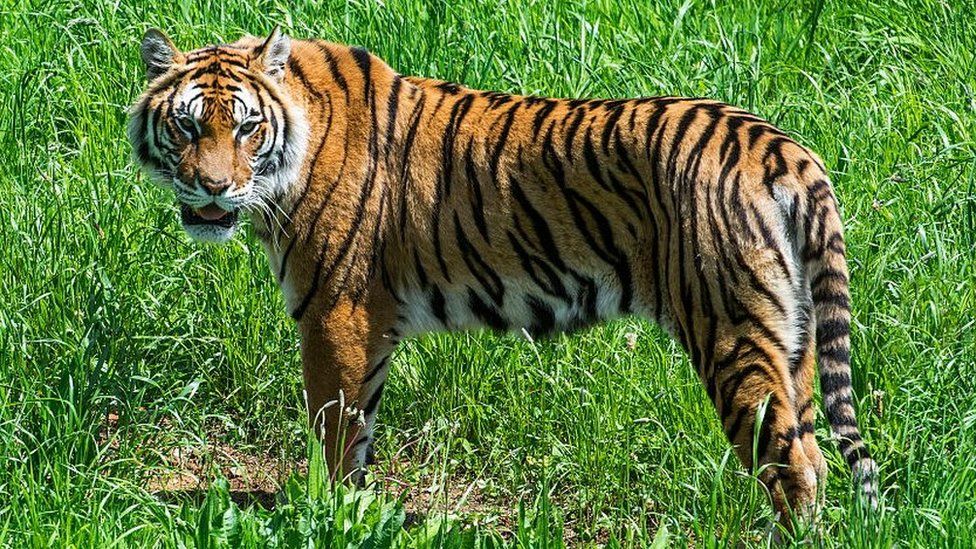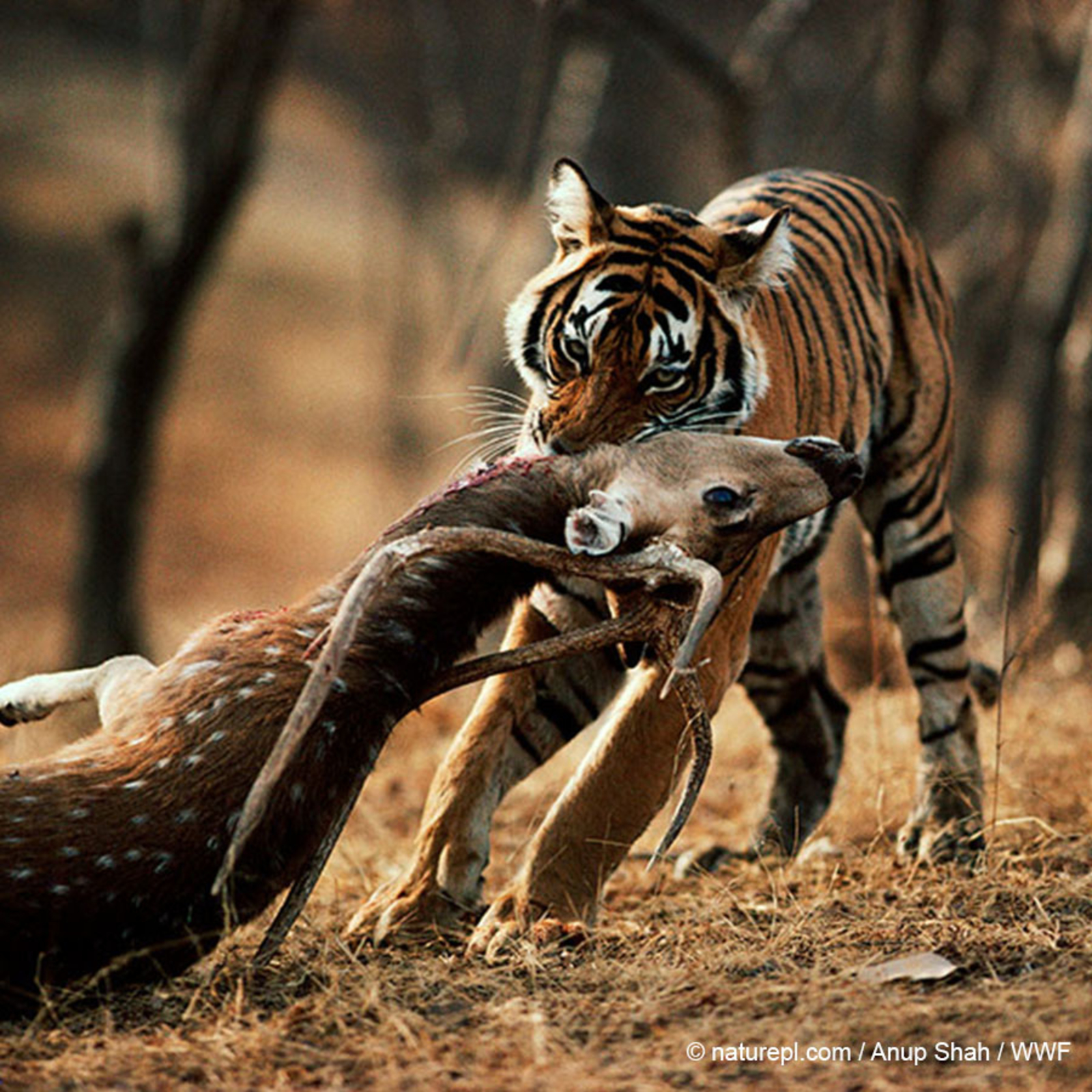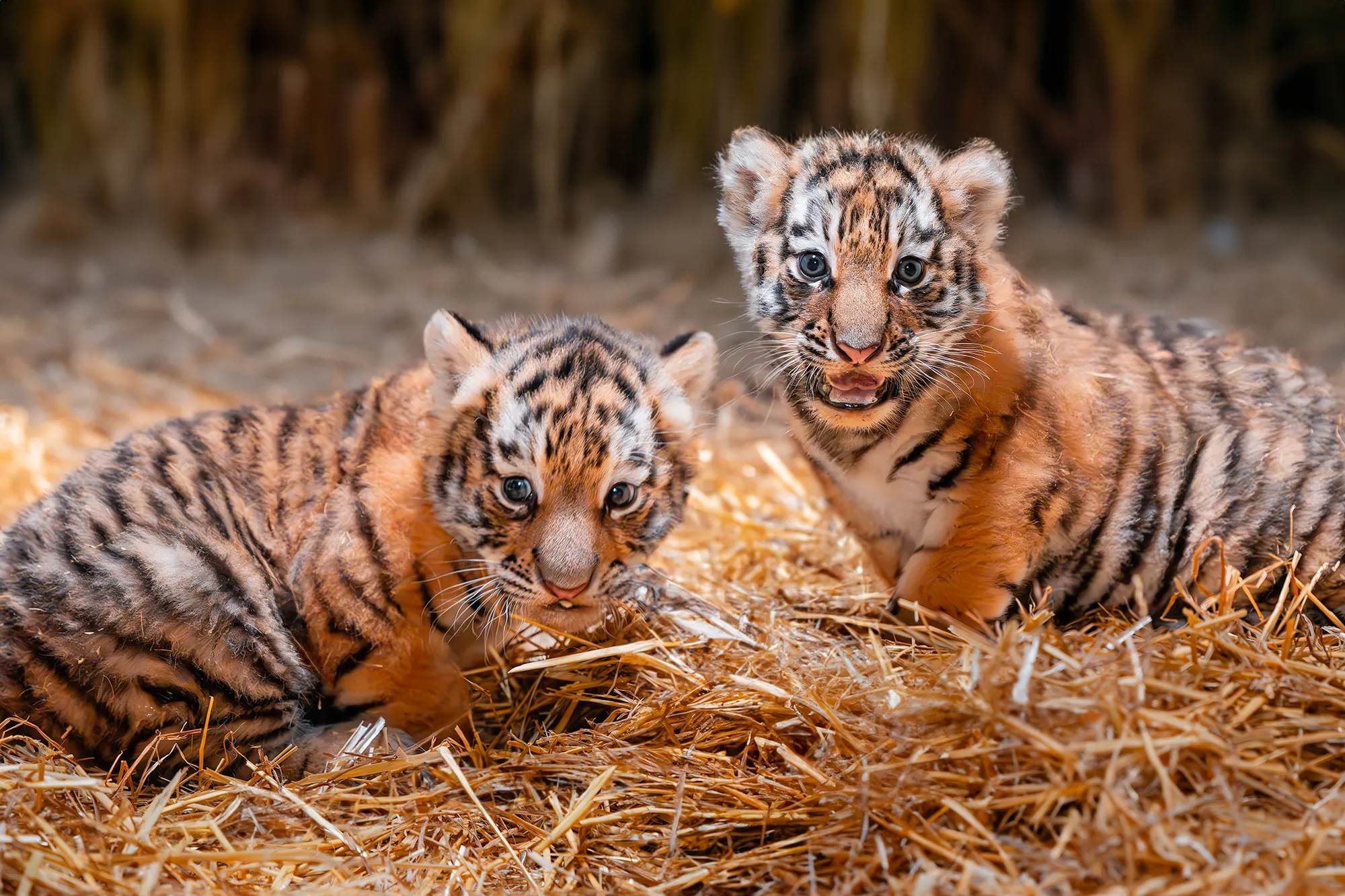Images of tiger





Details of tiger
Tigers are majestic big cats known for their power, agility, and striking appearance. Here are some brief details about tigers, including their habitat, size, and other characteristics:
Habitat:
Tigers are primarily found in various habitats across Asia, including grasslands, forests, mangrove swamps, and jungles. Their specific habitat can vary depending on their subspecies.
Species:
There are several subspecies of tigers, including the Bengal tiger, Siberian (Amur) tiger, Indochinese tiger, Malayan tiger, and South China tiger. Each subspecies has its own unique range and characteristics.
Size and Appearance:
Tigers are the largest of the big cat species. They typically measure around 3.3 to 4.3 feet (1 to 1.3 meters) tall at the shoulder.
The length of a tiger can range from 8.2 to 13.1 feet (2.5 to 4 meters), including their tail, which can be about 2.3 to 3.9 feet (0.7 to 1.2 meters) long.
Tigers have a distinctive orange coat with black stripes, and their undersides are white. Their coat pattern is unique to each individual, similar to human fingerprints.
Diet:
Tigers are carnivorous predators and primarily hunt large mammals such as deer, boar, and even larger prey like buffalo and young elephants. They are known for their strength and stealth during the hunt.
Behavior:
Tigers are solitary animals and are known for their stealth and patience while stalking prey. They are excellent swimmers and enjoy bathing in water to cool off during hot weather.
Conservation Status:
Tigers are listed as endangered by the International Union for Conservation of Nature (IUCN) due to habitat loss, poaching for their skins and body parts, and human-wildlife conflicts. Conservation
efforts are in place to protect and preserve their populations.
Cultural Significance:
Tigers have cultural significance in many Asian countries and are often revered as symbols of power, strength, and courage. They are also featured prominently in mythology, folklore, and art.
Communication:
Tigers communicate through vocalizations, body language, and scent markings. They can roar, growl, chuff, and make other sounds to convey their intentions and emotions.
Reproduction:
Female tigers give birth to a litter of cubs, usually consisting of two to four cubs. The mother raises the cubs on her own, and they remain dependent on her for about 18 to 24 months before becoming independent.
Territorial Behavior:
Tigers are territorial animals and have large home ranges that they defend from other tigers of the same sex. The size of a tiger's territory can vary depending on factors like prey availability and habitat quality.
Tigers are iconic and charismatic creatures, but they face significant threats to their survival. Conservation efforts, such as habitat preservation and anti-poaching measures, are crucial for the continued existence of these
magnificent big cats in the wild.